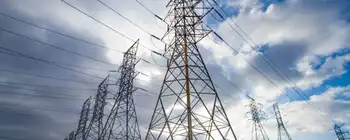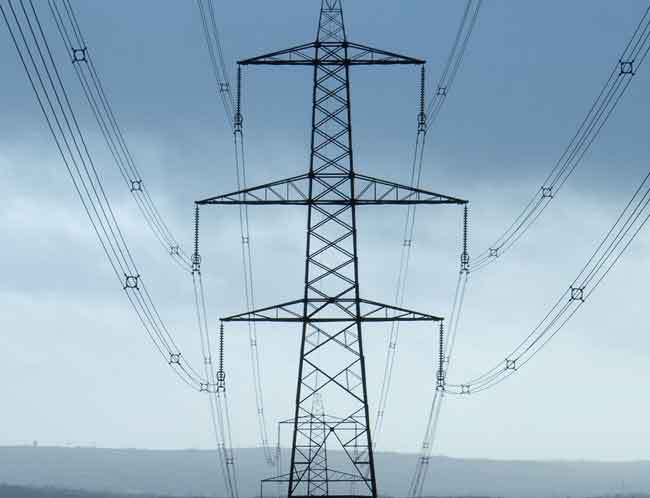Michigan issues air permit for new coal plant
By Reuters
CSA Z463 Electrical Maintenance
Our customized live online or in‑person group training can be delivered to your staff at your location.

- Live Online
- 6 hours Instructor-led
- Group Training Available
Consumers, a unit of Jackson, Michigan-based CMS Energy Corp, said it would retire up to seven older coal-fired units — five when the new plant enters service and another two depending on the needs of its 1.8 million Michigan customers.
The company has not identified the older coal plants to be retired but planned to do so when it files for a certificate of necessity with the Michigan Public Service Commission in 2010, a spokesman told Reuters.
The new plant is expected to cost more than $2 billion and enter service in 2017.
It's a tough time to build new coal plants, in part due to uncertainty over whether the federal government will cap carbon dioxide emissions from coal and other fossil-fired power plants in an effort to stop global warming.
But Consumers, which has the oldest coal-fired fleet in the nation with an average age of 50 years, said the new plant, the retirement of the old plants and its plans to invest billions in renewable power, efficiency and demand side management would significantly reduce overall emissions, including carbon.
Consumers said production of the currently regulated emissions would be down as much as 91 percent for sulfur dioxide, 83 percent for nitrogen oxides and 81 percent for mercury.
Consumers said it would design the new plant to utilize carbon capture and storage technology once it becomes commercially and economically viable.
The new project would create 1,800 construction jobs, about 2,500 indirect jobs and more than 100 permanent jobs after it is operating, providing an estimated $1.2 billion boost to Michigan's economy, the company said.
"This permit moves our project a step closer to creating badly needed jobs and boosting the state's economy," John Russell, Consumers president and chief operating officer, said in the release.
The 2,101 MW coal, oil and natural gas-fired Karn/Weadock complex is located near Bay City about 115 miles north-northwest of Detroit. It uses about 3 million tons of coal a year, according to the company website.
Coal dominates generation in Michigan, according to federal data, supplying nearly three-fifths of the state's power. But Michigan has mandated that 10 percent of electricity come from renewable sources by 2015.
Consumers plans to invest more than $1.2 billion to build 450 MW of wind generating capacity, among other things.











